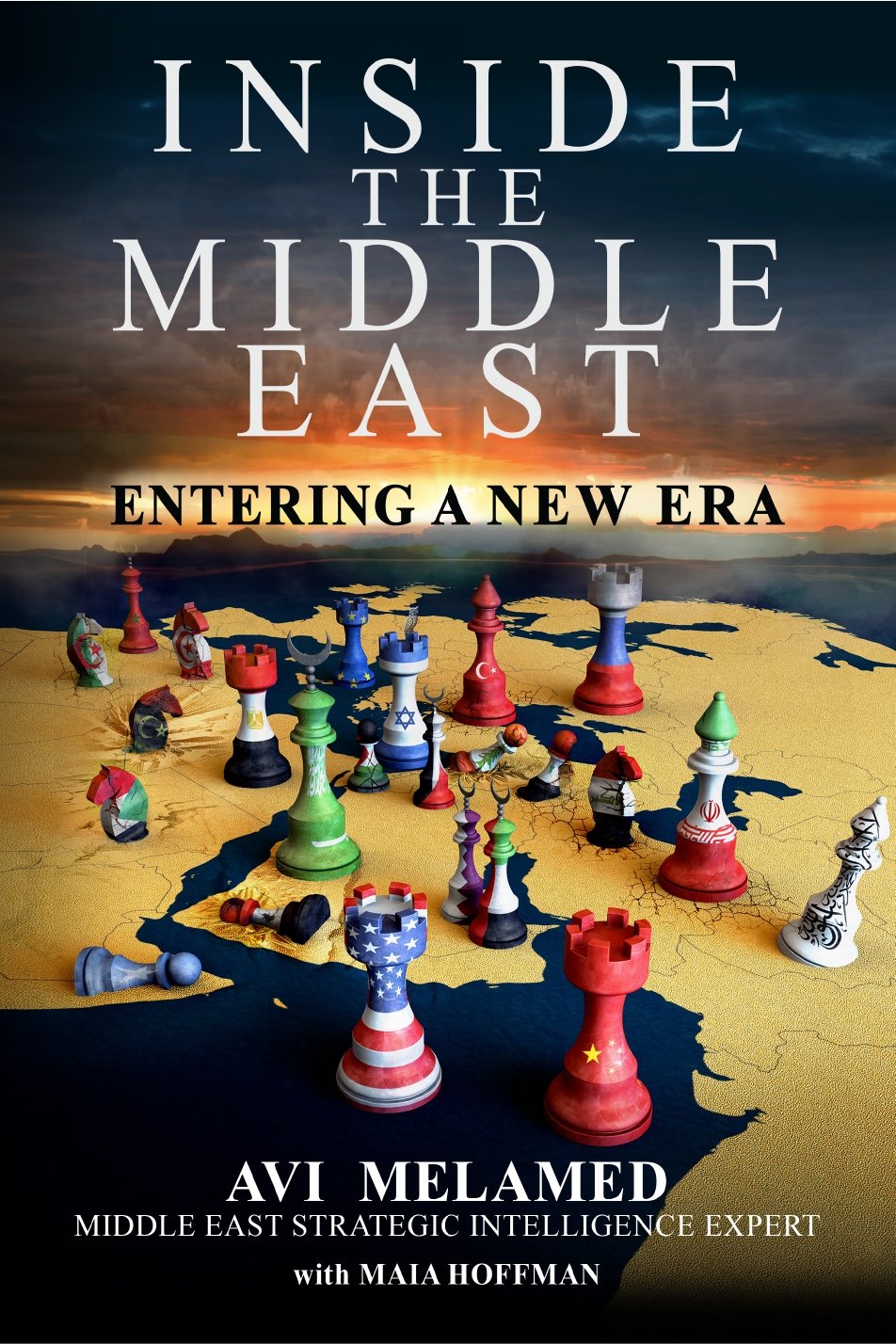|
Getting your Trinity Audio player ready...
|
Freed prisoners who pose threat could be ‘neutralised’ by Israel | Avi Melamed’s insights quoted in this article by Kyriakos Petrakos, Originally published in I PAPER NEWS.
Palestinian prisoners released under the Gaza ceasefire agreement could be monitored and even “neutralised” if they pose a threat to Israel, a former Israeli intelligence official has told The i Paper.
The prisoners released by Israel include members of Hamas and the Palestinian Islamic Jihad responsible for scores of deadly attacks against Israelis.
Asked what measures Israel could take to guard against the terror threat, Avi Melamed said: “There is a menu of activities.
“I would assume the inclination would be to send, in different ways, messages to indicate these people are under surveillance, these people are monitored, or they should be aware of the fact that somebody is watching.
“One example is limiting their movement.”
Under the US-brokered ceasefire deal, 86 Palestinians were released from Israeli prisons and sent to the occupied West Bank and East Jerusalem last Monday, while a further 154 were exiled into Egypt, according to the Palestinian Prisoners Society.
The remaining Palestinians released, including more than 1,700 seized since 7 October and held without charge, were sent back to Gaza.
“When these people are hosted somewhere, they need to have some documentation to move around,” said Melamed. “You could have a friendly government of the hosting authority … make sure these people don’t have the ability to move freely.
“Financial monitoring, so to speak, is another means of conveying a message.”
Melamed, an intelligence analyst and author of three books on the Middle East, said the goal was not always to kill the individuals involved in planning terror attacks.
“The guiding concept of counter-terrorism is to intercept terror plots.
“It doesn’t necessarily have to be immediately eliminating people that are engaged. It could be you are intercepting the cell by exposing the cell, by arresting people, by exposing depots of weapons and ammunition.”
The aim, he said, was to “intercept terror plots as much as possible”, and this could involve “the need to neutralise individuals that are identified as an immediate and clear threat”.
Intelligence agencies will weigh up “the effectiveness, timing and potential impact of the measures you are [taking] to intercept a terror plot”.
“In most of the cases, it’s exposing the cell, arresting the people, discovering weapons and ammo depots, intercepting financial chains, and many other aspects.”
Melamed said Israel strategically decided against releasing some of “the so-called masterminds” behind terror plots, given the threat they could pose.
“Those are the people that present the major challenge, because they have the personal capacity to rehabilitate Hamas or Islamic Jihad or other factors’ terror infrastructure and rebuild it.
“That, coupled with their experience and their prestige within their own communities, presents a major challenge.
“It’s not so much about those who committed the attack, but first and foremost those who are the masterminds behind it.”
Among senior figures released by Israel were Imad Qawasmeh, a Hamas member convicted for the 2004 Be’er Sheva bus bombing that killed 16 Israelis, and Murad Muhammad Ridha Ahmad Abu al-Rub, serving four life sentences for his role in the 2006 Kedumim suicide bombing.
But several notable figures were denied release, including Marwan Barghouti, the popular Palestinian leader jailed for the past two decades for his role in orchestrating the Second Intifada, and Ahmad Sa’adat, secretary-general of the Popular Front for the Liberation of Palestine.
After the ceasefire agreement came into effect on 10 October, all 20 living hostages held in Gaza were released, alongside 12 out of the 28 deceased.
In exchange, Israel freed 250 Palestinian prisoners and 1,718 people detained from Gaza, and returned 15 bodies of Palestinians for every Israeli hostage’s remains.
Melamed said the release of Palestinians marked a “big achievement” for Hamas, which is scrambling to salvage its reputation after its cross-border attack on 7 October 2023 sparked a two-year war in which the Israeli military decimated Gaza, killing more than 68,000 Palestinians.
The US-brokered truce teetered on the brink of collapse over the weekend as Israel launched a wave of air strikes across Gaza after “terrorists fired an anti-tank missile and gunfire” toward its military in a “blatant violation of the ceasefire agreement”.
Despite the exchanges, Israel said it had resumed enforcement of the ceasefire, with Donald Trump confirming the agreement was still in place.
The US President on Sunday said Hamas’s leadership was not involved in any alleged breaches and blamed them on “rebels within”, adding: “It’s going to be handled toughly, but properly.”
A key sticking point in the ceasefire agreement has been the requirement for Hamas to “decommission” their weapons. Hamas has refused to commit to disarming, with a senior official telling Reuters on Friday that the militants intend to maintain security control in Gaza.
Melamed, chief executive of the Inside the Middle East thinktank and a former senior official on Arab Affairs for the Israeli Government, warned against “romanticising” Hamas as a force of resistance – a view which may underpin the group’s refusal to disarm.
“While there has been long-standing support and praise of the concept of resistance, there has been growing concern within the Arab public realm and political system that the resistance and the weapons that are supposed to liberate Palestine … are actually a big reason for the catastrophic situation,” he said.
“In some Western circles, there is some romanticism of the concept of resistance, which is reflecting a distorted understanding of what exactly the regional discussion is vis-à-vis the whole issue of resistance.
“It will surprise many in Western circles who romanticise [resistance] that in the region are many Arabs who view the whole issue of resistance as one of the major sources of chaos and instability that we see, not only in the context of the Palestinians, but in Lebanon, Iran and Syria.”
Freed prisoners who pose threat could be ‘neutralised’ by Israel | Avi Melamed’s insights quoted in this article by Kyriakos Petrakos, Originally published in I PAPER NEWS.
If you want to have a better understanding of the news and what really drives the unfolding events… Read the latest book of Avi Melamed,
INSIDE THE MIDDLE EAST | ENTERING A NEW ERA, available now >>>
Follow me on Twitter @AviMelamed; Facebook @InsideTheMiddleEast; for more Videos on YouTube https://www.youtube.com/c/AviMelamed
I can always be reached at Av*@********ed.com
































































